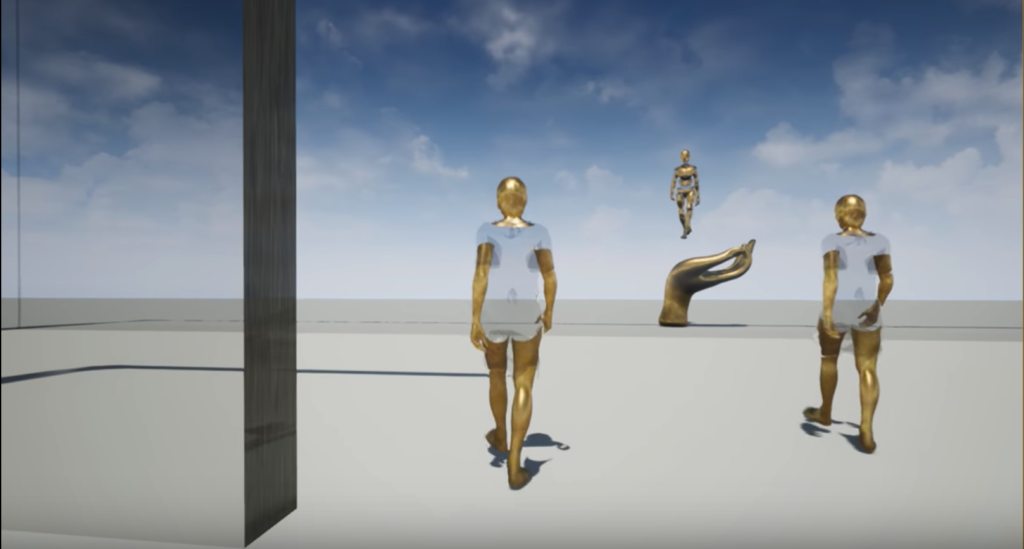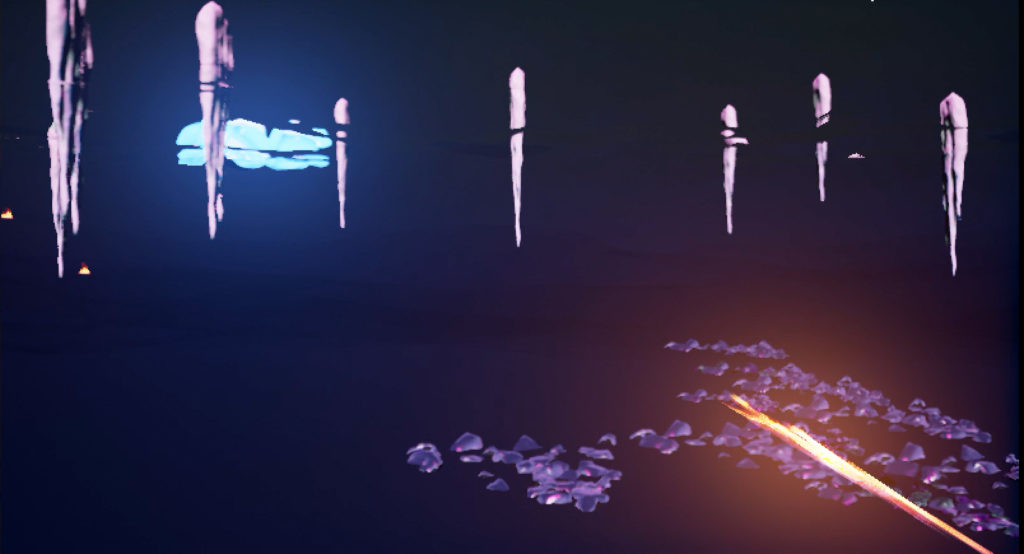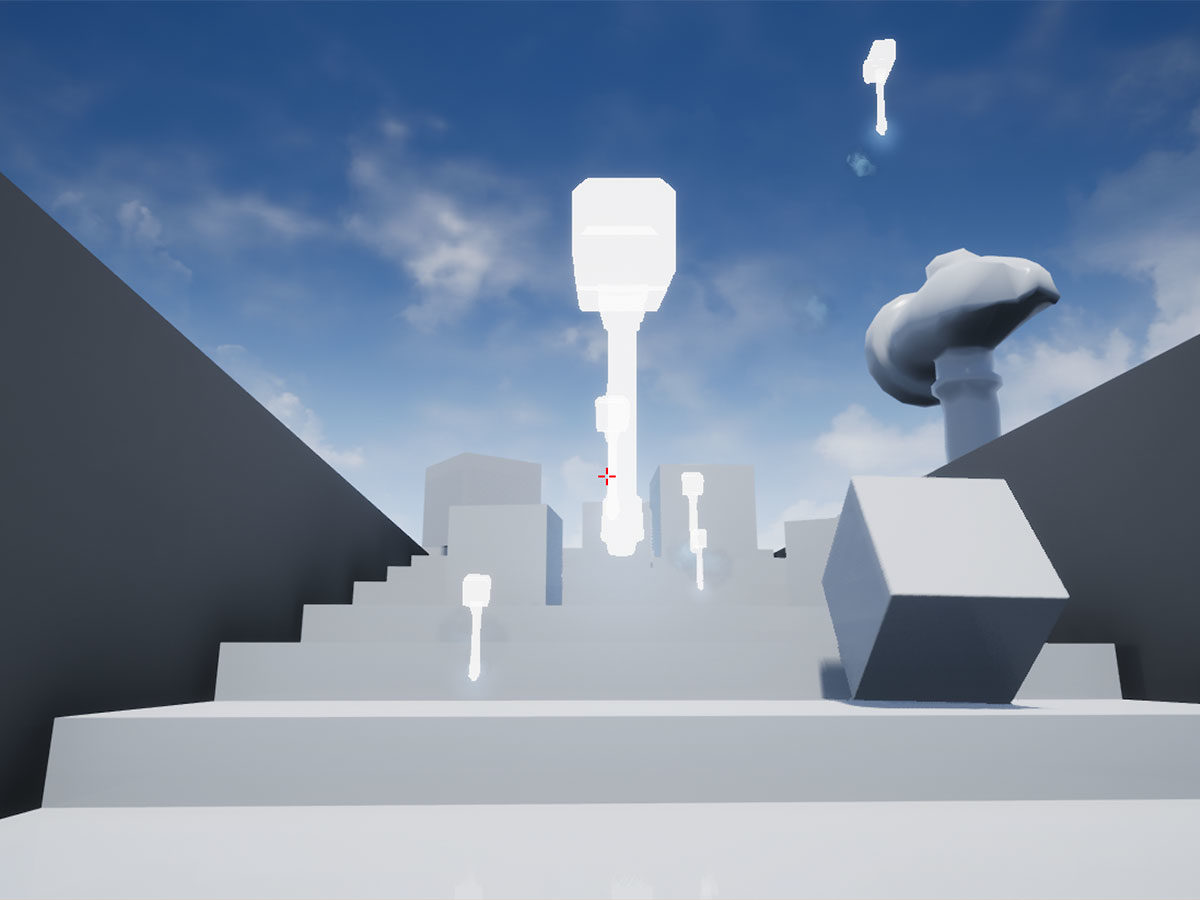This project examines the critical relationship between storytelling and information, specifically, quantitative insights, within a dynamic virtual setting, of current events in the social sector—our global water crisis.
Jeannie Joshi
Principal/Director
Joshi Design LLC (joshidesign.com)
Mike Edwards
Founder/Lead Technologist
rich | strange (richstrange.com)
“The question of ‘experience’ is frequently debated in design circles, and particularly in educational circles where students have a tendency to mistake software as a way to transform themselves into film directors. The prevailing sentiment seems influenced not only by the stylistic urge to layer but also by the expectation that design must address new and complex audiences in new and complex ways.”
—Jessica Helfand, Essays on Graphic Design, New Media, and Visual Culture.
As interactive technologies become more complex and traditional narrative structures more layered—information and data are themselves becoming a powerful narrative tool.
Driven by our passion for both social impact and mixed reality, this project examines the critical relationship between storytelling and information, specifically, quantitative insights, within a dynamic virtual setting, of current events in the social sector—our global water crisis.
We begin to shape a new territory for human-centric interaction design through the use of mixed reality, striking a balance between craft and execution, context and purpose.
This project, Future of Water, is a proof of concept, of a virtual-reality data experience, that aims to critique the scarcity of information innovation within larger problem areas—in this instance, the global water gap.
Breaking down the quantitative data sets from McKinsey & Company’s economic report “Charting Our Water Future” our work:
- showcases how VR affordances can adapt and illuminate these quantitative insights within the setting of mixed reality
- suggests a process of divergent and convergent thinking for a diversity of stakeholders, including educators
- demonstrates the transformative power of mixed reality storytelling, and
educates our audience on the challenges that designers will face in creating functional solutions working with edge technologies
This research was presented at the Design Incubation Colloquium 4.4: Parsons Integrated Design on Thursday, June 14, 2018.
Like this:
Like Loading...



